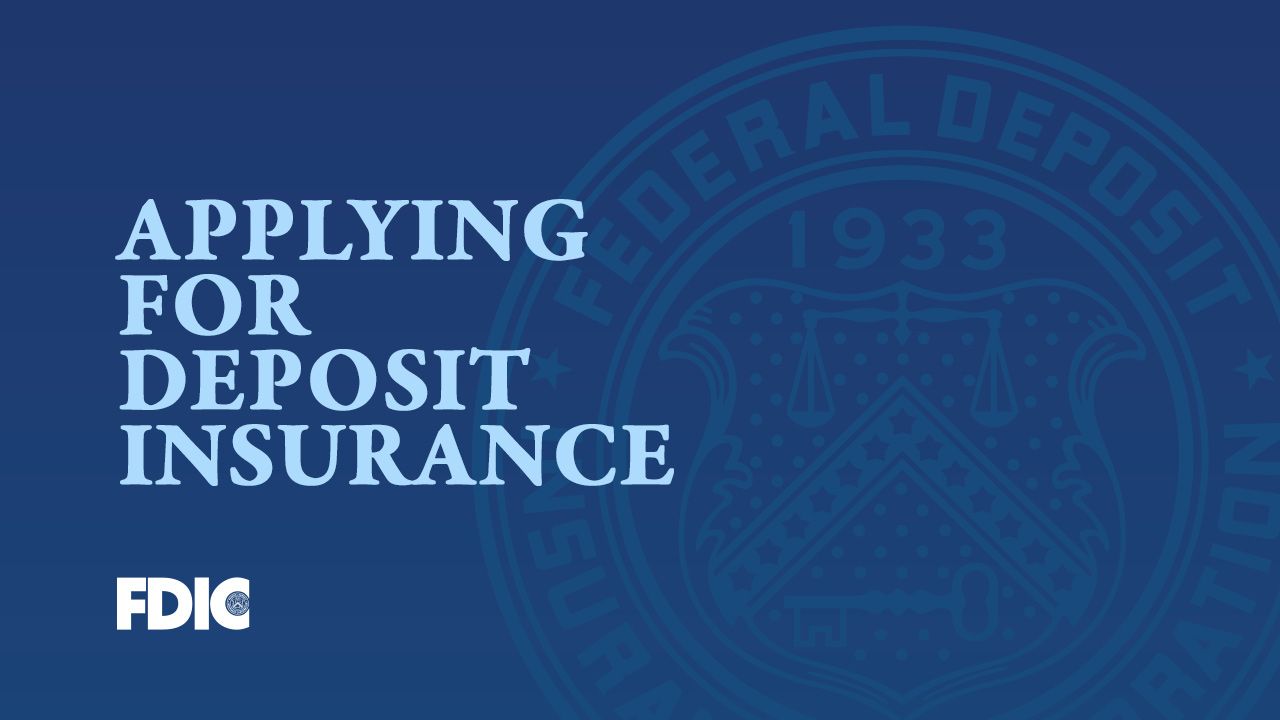Are We Moving to a Fee-Free Future?
June 16, 2022
Bank Fees and Fairness
Propelled forward by neobanks like Chime and Current, the idea that banking providers shouldn’t be charging fees to their customer’s hand over foot is gaining traction across the industry and creating a lot of pressure on institutions to act. In fact, the “no fee” precedents set by these new entrants in this regard could very well change bank practices broadly, especially as consumer expectations around fees shift in response. For instance, according to a recent survey conducted by Morning Consult on behalf of the American Bankers Association, only 30% of US adults believe it is very reasonable for their bank to charge fees for maintaining their bank account, while 32% say it’s somewhat reasonable, and 38% either find it unreasonable or are unsure.
This data suggests that US consumers are beginning to show signs of fatigue toward administrative bank fees as novel options come to the fore and set new standards. And this likely extends well beyond account maintenance or minimum balance fees into areas like overdraft protection, as well, which has also been a huge part of the fee debate. As a result, banks are being forced to rethink business models and approaches that have long been considered customary and in place for many decades. However, this doesn’t necessarily mean that these institutions need to say goodbye to fee income altogether. It’s about rethinking what fees mean and what they are for. And neobank competitors are providing a playbook here, too. For example, Greenlight, which provides kid-friendly bank accounts, charges a monthly subscription fee. It provides a suite of financial services tailored for children, including the ability for parents to tie automatic deposits to chores or set spending controls as well as investment options, and pulled in north of $100 million in annual recurring revenue (ARR) in 2021.
Such subscription models are growing more prevalent in the fintech space, and they’re seeing success because they’re based on value. Instead of charging a slew of fees for many different things a customer may not even understand under the guise of a “free” account, players like Greenlight are creating propositions customers would pay for and asking them to do so upfront. Additionally, some neobanks will offer free basic products and tiered subscription options on top of that. Traditional banks should be thinking this way too — how can you create propositions that your customers would pay for? The answer to that question doesn’t have to be account-based, either; value-added services is another way providers can look to drive a different kind of fee revenue, by adding things like subscription management, for example. The point is that we are moving away from a traditional fee environment. And adapting will require not simply doing away with fees but reimagining what those models look like.
Of course, such ideas run quite contrary to the way banking has been served up for a very long time, and that could create a huge mental leap for many execs. But that’s not a reason to shy away from the possibilities. Think about the recent transformation of restaurant delivery — there was a time when free delivery was the norm, and we all called for takeout. Today, we pay to use apps like Seamless or Grubhub. We’re paying for convenience. We’re paying for value. It’s considered quite normal now, but that wasn’t at all true 10 years ago. Banking is standing on the same precipice, right now, and the spoils will likely go to those who understand this one very important thing: If you create real value, people will pay you for it.







